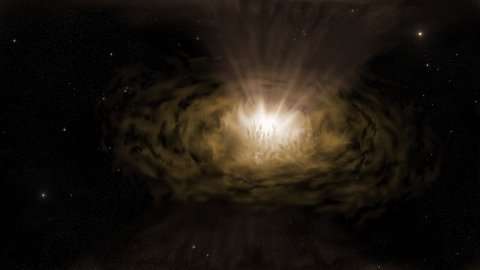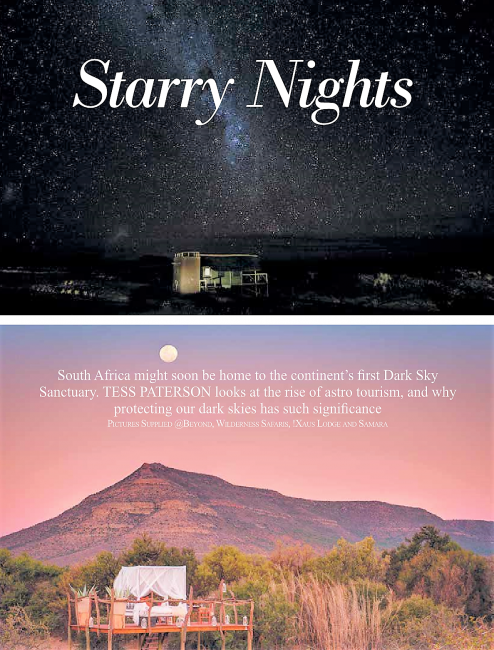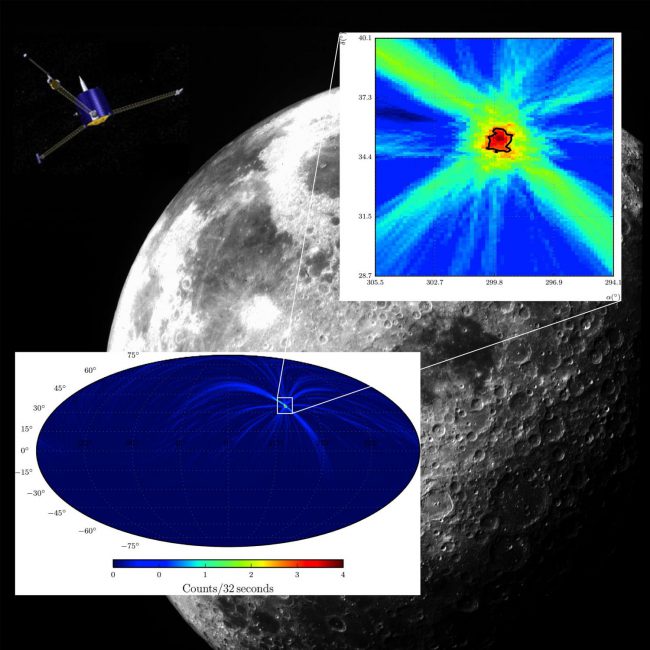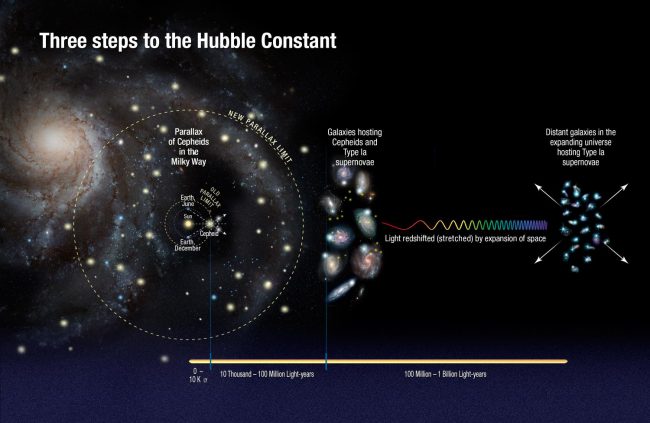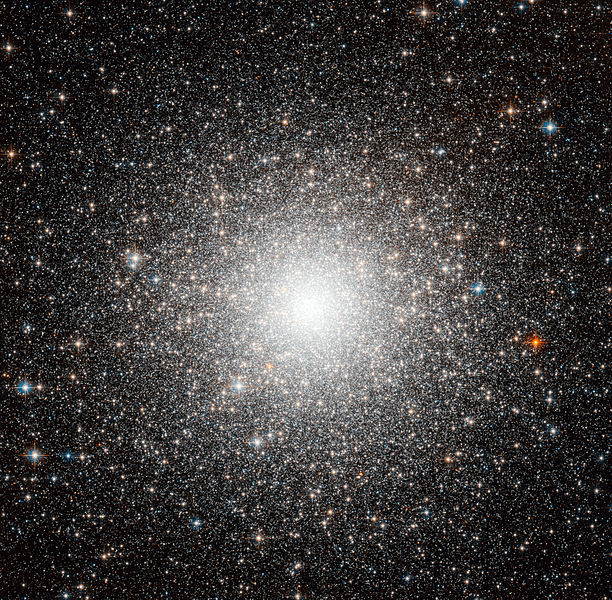One black hole or two? Dust clouds can explain puzzling features of active galactic nuclei
Researchers at the University of California, Santa Cruz (UCSC), believe clouds of dust, rather than twin black holes, can explain the features found in active galactic nuclei (AGNs). The team publish their results today (14 June) in a paper in Monthly Notices of the Royal Astronomical Society. Many large galaxies have an AGN, a small bright …

